458th Bombardment Group (H)
Training July – December 1943
HEADQUARTERS
458TH BOMBARDMENT GROUP (H)
OFFICE OF THE HISTORICAL OFFICER
SUMMARY OF HISTORY, INCLUDING THE ARRIVAL OF THE GROUP IN THE E.T.O.

(Courtesy: Jive Bombers)
The 458th Bombardment Group was activated on 28 July 1943 at Gowen Field, Idaho, by authority of Paragraph 4, Special Order 209 of that base. The group was activated with the express purpose of operating overseas as a unit. It was comprised of four squadrons – 752nd, 753rd, 754th and 755th. At activation, the strength of the Group was 47 Officers and 163 Enlisted Men.

Lt. Col. Robert F. Hardy (left) was assigned to the Group as Commanding Officer. His assignment was made pursuant to Paragraph 3, Special Order 122, Headquarters of the 21st Bombardment Wing, Topeka Army Air Base, Kansas, dated 26 July 1943.
On July 29, 1943, the air echelon of the group departed for Orlando, Florida to attend the Army Air Forces School of Applied Tactics. It was here that the men in the group began to work and study together. The course of training at AAFSAT lasted approximately one month. Half of the time was devoted to academic work at Orlando. The remaining two weeks were devoted to executing simulated combat missions which were flown from Pine Castle Air Base, Florida, where the detachment had moved on August 18, 1943. While at AAFSAT the group was assigned its first B-24 Liberator bombers. However, the training schedule was interrupted prior to its completion due to a Second Air Force order grounding all B-24s.
While the air echelon was functioning at AAFSAT, the ground echelon remained at Gowen Field, Idaho for its initial training as a group. Upon completion of the course of instruction, the air echelon departed from Orlando on August 27, and proceeded to the Army Air Base, Salt Lake City, Utah.
At about the same time, the ground echelon moved from Gowen Field to Kearns Army Air Base, Utah, arriving at the latter place, September 11, 1943. There, the group was further manned.
The Group remained at Salt Lake Air Base and Kearns Army Air Base a few days, after which it proceeded by truck convoy to its first phase station, Wendover Field, Wendover, Utah where it arrived September 15, 1943.
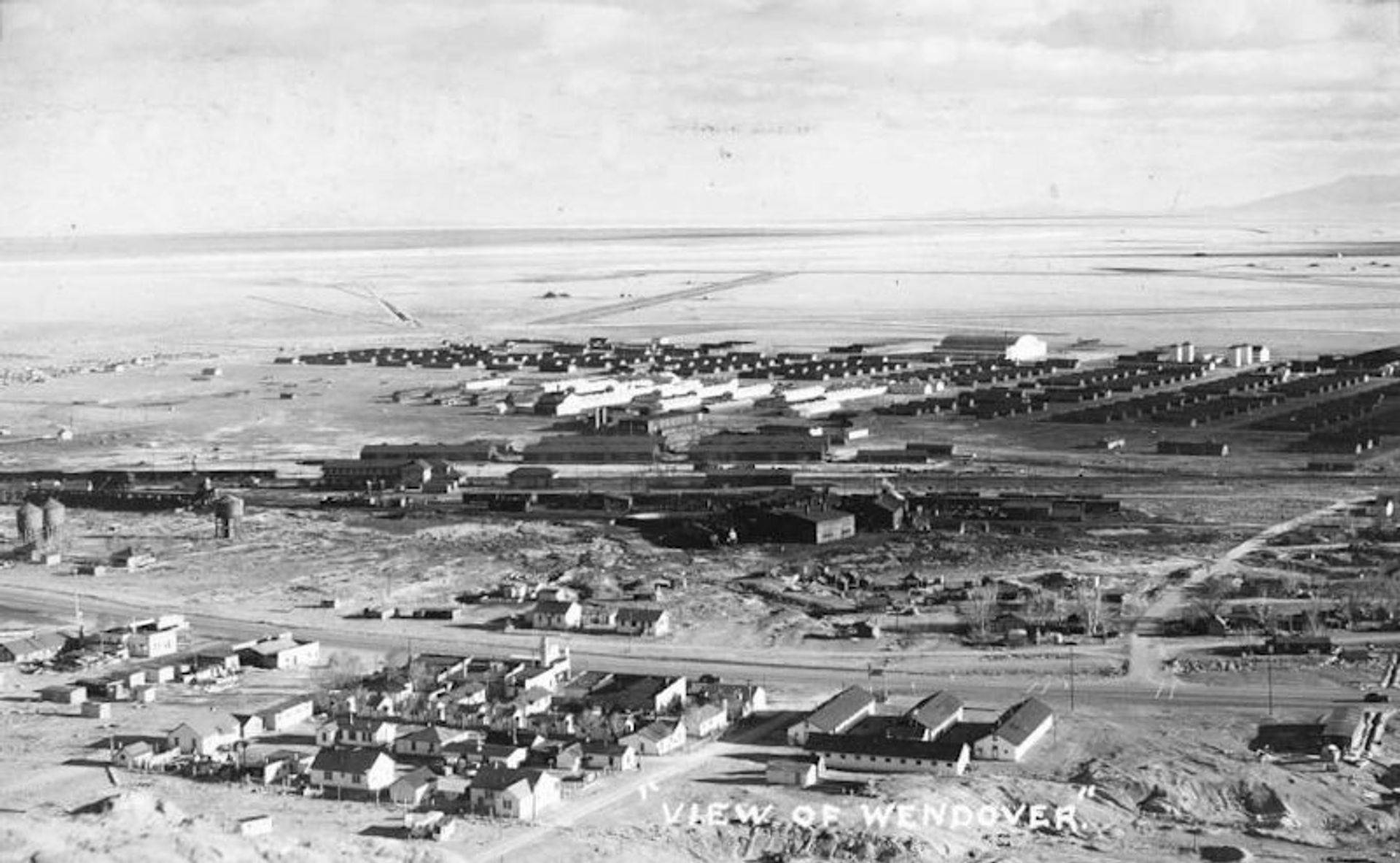
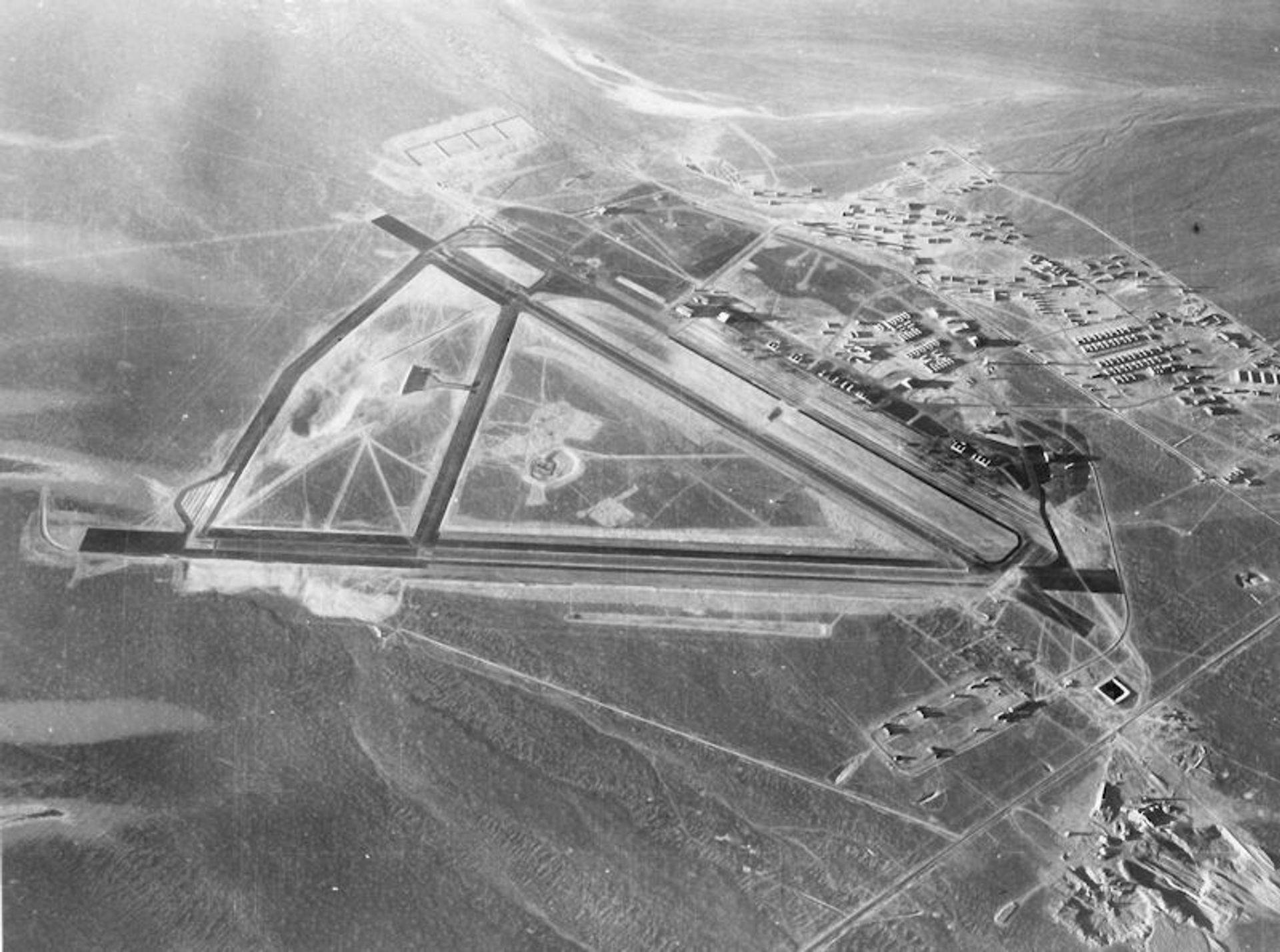
458BG Training Bases: Wendover, Utah and Tonopah, Nevada
At Wendover, the ground personnel received one week of basic training and the air personnel received its first phase training, both flying and ground school. It was at Wendover that most of the combat crews joined the Group as well as additional personnel of the ground echelon.
On 29 October 1943, the 458th Bombardment Group made a change of station from Wendover Field to the Army Air Field, Tonopah, Nevada. (Special Order 302, Paragraph 12, Headquarters, Army Air Base, Wendover Field, Utah, dated 29 October 1943). The move was made by rail, motor and military aircraft. There were 363 Officers and 1448 Enlisted Men included in this movement. An advance party of 18 officers and 92 enlisted men preceded the main body to Tonopah on October 25th. It should be noted that the Group thus moved from the Second Air Force to the Fourth Air Force to begin its second phase training.
Prior to the arrival of the 458th Bombardment Group, the Army Air Base at Tonopah, Nevada had been used as a fighter base. In order to accommodate the first heavy bombardment outfit at Tonopah, a program of construction had been undertaken before the arrival of the 458th Bombardment Group. The runway was enlarged for the B-24s; operations buildings and headquarters were constructed; enlisted men’s barracks, officer’s BOQs, mess halls, and an Officer’s Club were built. In short, the group moved into a practically new field to undertake its second and third phase training.
The group’s second phase training program during the month of November was marked by good flying weather. Despite the favorable weather conditions, the group was unable to complete various instrument, navigation, bombing, formation, and gunnery missions. The inabilities were due largely to maintenance difficulties. The airplanes and auxiliary airplane equipment supplied the group was not first quality. Added to this obstacle was the fact that the airplanes flew long hours with minimum available maintenance time. Nevertheless, in spite of these obstacles, considerable progress was made in second phase training during November. As part of the second phase training, a group school was established. The curriculum covered at the school was prescribed in the Fourth Bomber Command Memorandum 50-1, dated October 2, 1943.
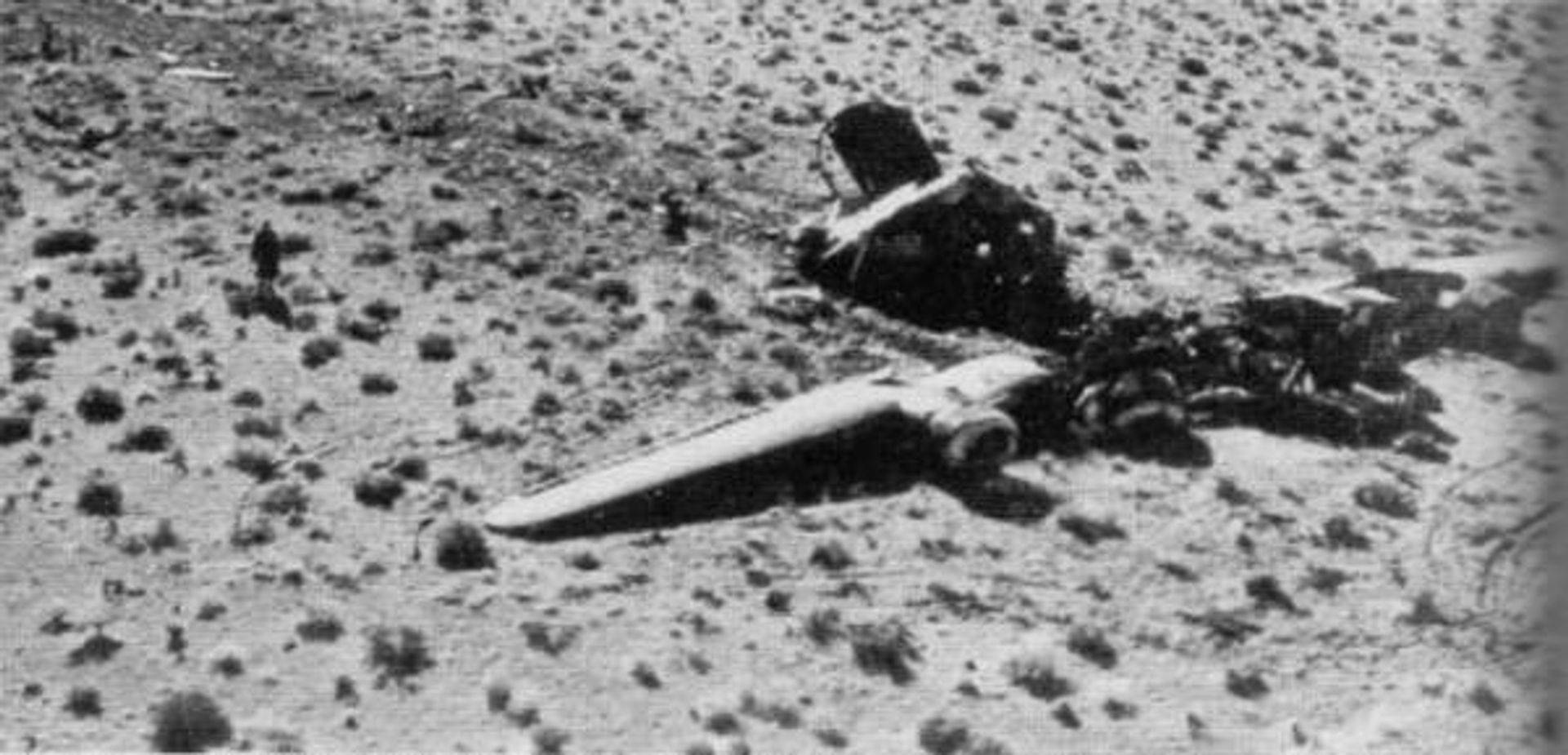
Wreckage of B-24H 41-28577 flown by 2Lt Sigmund Hons Crew 752BS
The group suffered its first serious mishap on November 16th with the loss of B-24H, AC Number 41-28577. The accident proved fatal to all members of Crew Number 16 of the 752 Squadron, except Sgt. Charles A. Nichols, the aerial engineer. The other members of the crew were 2nd Lt. Sigmund B. Hons, pilot; 2nd Lt. Eugene J. Austenfeld, co-pilot; 2nd Lt. James B. Fahey, navigator; 2nd Lt. William Y. Ingalls, bombardier; Sgt. Eugene W. Randall, radioman; Sgt. Arlie (NMI) Long, gunner; Sgt. Warren H. Buicke, gunner; and Sgt. Charles H. Sheppard, gunner.
The plane crashed on a night flight, after making [its] first turn after take-off, in right hand traffic. The maximum altitude after taking off was estimated, by the control tower, to be five hundred (500) feet. The location of the crash was approximately three miles from the North end of runway.
At Tonopah, during November, great emphasis was placed on the Ground School Curriculum. When third phase training began about 1 December 1943, the emphasis was placed on flying and training missions. The ground school program for the air echelon was definitely subordinated, because the flying training was behind schedule. Meantime, the ground echelon was receiving valuable “on the job” training in various departments.
On 16 December 1943, Lt. Col. James H. Isbell was assigned and assumed command of the 458th Bombardment Group (H). His first appearance before the whole group occurred two days later, when he addressed the Group in one of the hangars, and in five minutes gave them an idea of what he expected of each man.
Soon it was evident that “the day” was approaching. Daily new “fly-away” ships were landing at the field and were being turned over to the crews. Then the inevitable preparation for overseas began. Immunization, wills and powers of attorney, exchange of clothing, issuing of firearms, were all pressing for attention from all members of the Group. Frantic preparations for P.O.M. [Preparation for Overseas Movement] Inspections were occupying all department heads. Personnel, Supply, Medical departments and others were required to bring records and equipment up to the standards required of overseas shipments.
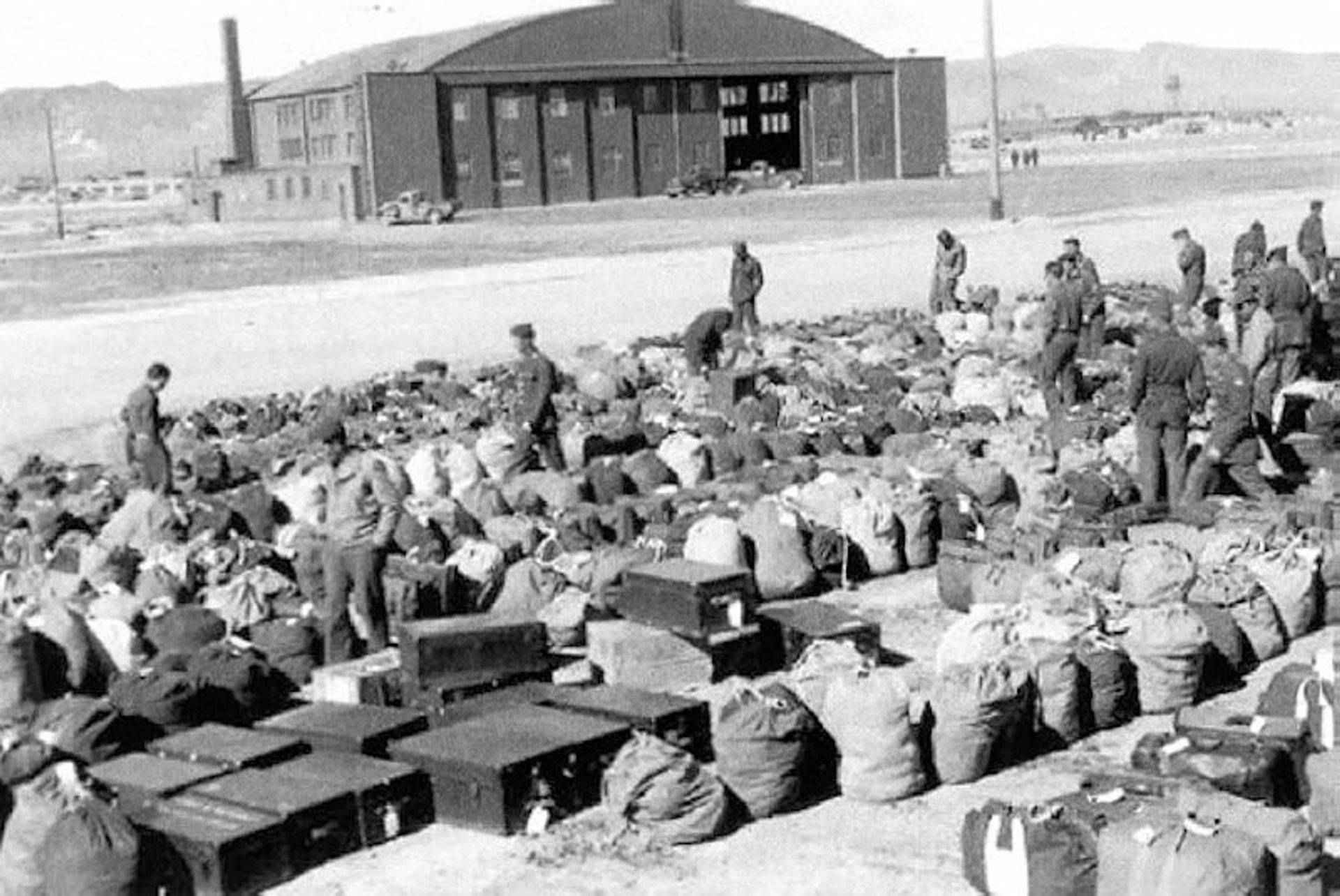
458th duffel bags and footlockers at Tonopah awaiting shipment to England
The Ground Echelon of the Group left Tonopah on 1 January 1944 by three trainloads, arriving at Camp Shanks, New York, on 6 January 1944. This movement was made on Special Order 298, Paragraph 1, Tonopah Army Air Field, dated 30 December 1943. On 17 January 1944, the ground echelon left [Camp] Shanks and embarked on the U.S.S. Florence Nightingale, sailing on 18 January 1944 for the E.T.O. Although this Navy Transport arrived at Greenock, Scotland, on 29 January 1944, debarkation by the Group did not take place until 31 January 1944. The ground echelon arrived at Station 123 of the Eighth Air Force on 1 February 1944.
Meanwhile, the Advance Party which had left Tonopah, 29 December 1943, was at Station 123 to receive the Group. The Advance Party consisted of the following Officers: Lt. Col. John A, McCrary, Jr., Ground Executive Officer; Major Bruno W. Feiling, Operations Officer; Capt. Charles M. Derry, Intelligence Officer; and 1st Lt. Joel F. Clements, Communications Officer.
This group of Officers flew 30 December 1943 by United Air Lines from Reno, Nevada to New York, arriving there at 1315 hours on New Year’s Eve. Three of these Officers left New York on 2 January 1944, but Capt. Derry left on 4 January 1944. The route was the same for each party. Traveling by Air Transport Command in a C-54, the only stop between LaGuardia Field and Prestwick, Scotland was at Stevensville, Newfoundland.
The Advance Party reported to Headquarters, Eighth Air Force, and to Headquarters, Second Bombardment Division. After assignment to Station 123, the Advance Party had three busy weeks of preparation, planning and requisitioning supplies.
The Air Echelon was transferred for staging to Hamilton Field, California, by authority of Special Orders 4, Paragraph 10, and Special Orders 5, Paragraph 14, Headquarters, Tonopah Army Air Field, dated the 4th and 5th of January 1944, respectively.
The Air Echelon left Hamilton Field, by individual airplane, from 9 January 1944 to 20 January 1944, proceeding to Morrison Field, Florida. There, those members of the echelon who were riding as passengers, were taken off the B-24’s and transferred to the A.T.C. for shipment to Prestwick, Scotland via New York, Newfoundland and Iceland. The Air passengers arrived at Horsham, starting 25 January 1944 and continuing for almost three weeks.
Lt. Col. Isbell, our Commanding Officer, was an A.T.C. passenger and arrived 1 February 1944.
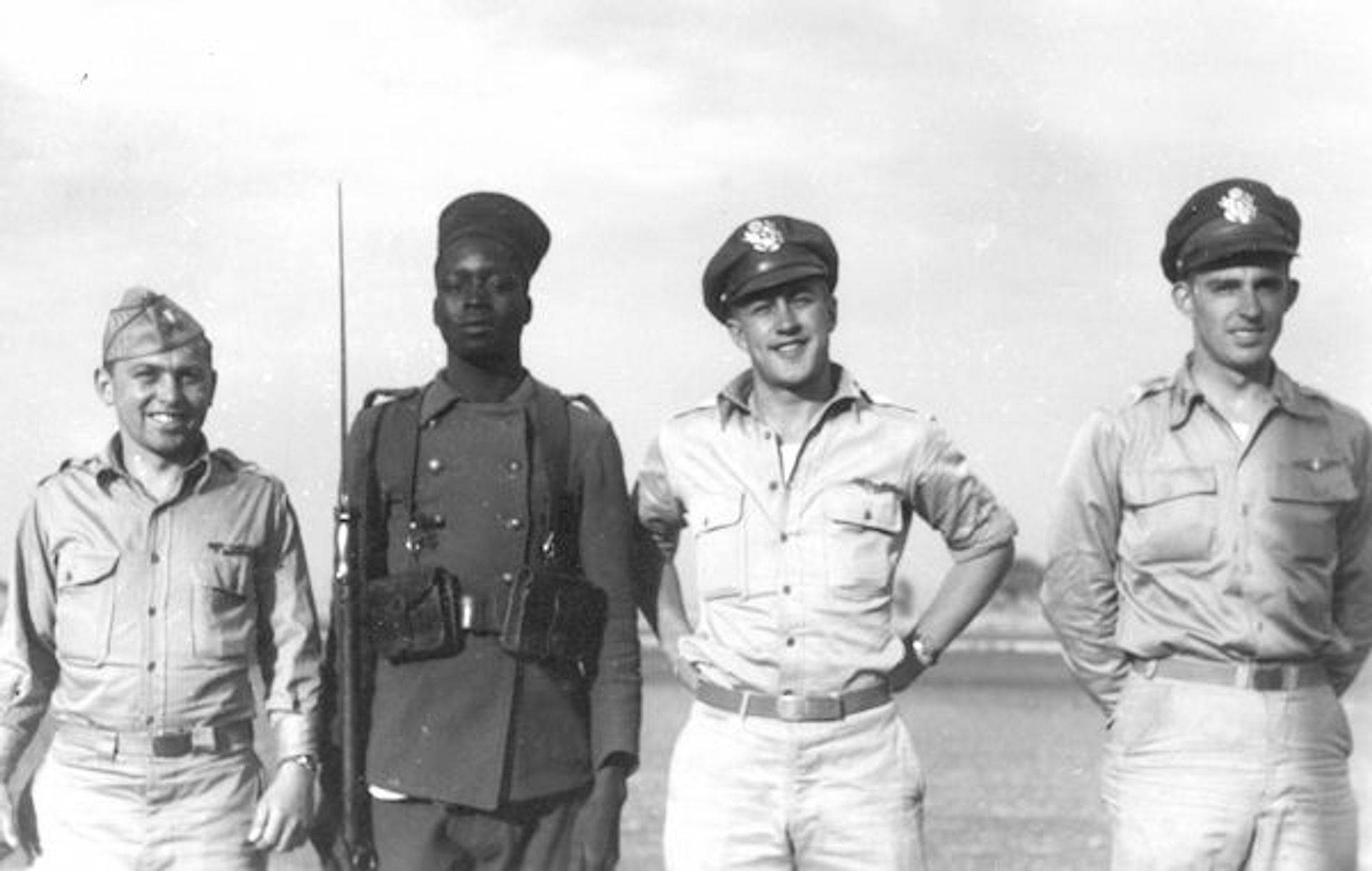
Crew 26 officers in Dakar with Senegalese guard
All of the crews flying the B-24s went from Morrison Field by the Southern Route, stopping at points in Brazil and in Africa. The usual routing was Puerto Rico – Trinidad – Municipal Airport, Belem – Natal – Fortaleza – Dakar – Marrakech – Valley, Wales.
Movement orders not listed in this history were issued at Hamilton Field, California, and at intermediate points to individual airplane commanders and passenger groups.
Individual crews started arriving on 24 January 1944 at Horsham – their permanent base in the United Kingdom. Arrivals are recorded on 30 January, 2 February and continued until 18 February 1944.
All the new arrivals were greeted with a Security Lecture designed not only to make the men aware of the danger from enemy intelligence, but also to help and guide [them] in fostering of satisfactory Anglo-American relations.
The members of combat crews were all indoctrinated with a five day course that was conducted by the new Ninety-Sixth Combat Wing, of which this Group is a charter member.
This section of the history culminates with the successful arrival of the Group from the United States in the United Kingdom. The spirit of the Group, reunited, was high. The desire for immediate action will qualify the Group as “eager”.
CHARLES M. DERRY
Capt., AC
Group Historian
Chronology
Tonopah Army Air Field
Tonopah, Nevada
10 December 1943
28 July 1943 – Activation. Pursuant to Par 4 SO 209 Air Base Hq. Gowen Field, Boise, Idaho the 458th Bombardment Group (H) was activated under authority of Restricted letter, File 370.5G Headquarters Commanding General 2nd Air Force dated 28 July 1943, Subject: Movement of Unit; 458th Bomb Group (H), Secret Letter 320.20, Headquarters Commanding General 2nd Air Force dated 22 June 1943, Subject: Organization of New Bombardment Groups; Sect. 1 Par. 1. General 2nd AF dated 29 May 1943, and Immediate Action Restricted War Department Letter AG 322 (5-18-43) OB-I AFRPG-M dated 19 May 1943, Subject: Constitution and Activation of Certain Army Air Force Units. Group to consist of Hq., 752nd Sq., 753rd Sq., 754th Sq., and 755th Sq. Strength of 47 Officers and 163 enlisted men. The personnel both officer and enlisted men were transferred from the 29th Bomb Group (H) Boise, Idaho. The Group CO was not named.
28 July 1943 – CO Assigned. Pursuant to Par 3 SO 122, Hq. 21st Bombardment Wing, Topeka, AAB Kansas dated 26 July 1943. Eff 28 July 1943 Lt. Col Robert F. Hardy was assigned CO.
29 July 1943 – Air Echelon Transferred to AAFSAT Orlando, Fla. Pursuant to Par 2, 3, and 29 SO 210 Air Base Hq. Gowen Field Boise Idaho, the Air Echelon was transferred to AAF School of Applied Tactics, Orlando, Flaorida.
5 August 1943 – Air Echelon Reported Orlando, Florida
24 August 1943 – Air Echelon Transferred to AAB Salt Lake City, Utah. Pursuant to Par 67, 68, 77, 78 SO 236 Hq. AAFSAT Orlando, Florida dated 24 August 1943 the personnel of the Air Echelon upon completion of course of Instruction was transferred to AAB Salt Lake City, Utah.
29 August 1943 – Air Echelon Reported to AAB Salt Lake City, Utah.
10 September 1943 – Ground Echelon Transferred to Kearns, Utah. Pursuant to Par 1 SO 210 dated 29 July 1943 Headquarters Gowen Field, Boise, Idaho, all personnel of the ground echelon were transferred to AAB Kearns, Utah.
11 September 1943 – Ground Echelon Reported at Kearns, Utah.
14 September 1943 – Group Transferred to Wendover, Utah. Pursuant to Par. 17 SO 257 Hq. Basic Training Center #5 Army Air Forces Western Technical Training Command, Kearns, Utah under Authority of Commanding General Second Air Force, Colorado Springs, Colorado, of 11 September 1943 the 458th Bombardment Group (H) AAF with assigned officers and enlisted personnel transferred to AAB, Wendover Field, Utah.
15 September 1943 – Group Reported at Wendover, Utah.
29 October 1943 – Group Transferred to Tonopah, Nevada. Pursuant to Par 12 SO 302 Hq. AAB Wendover Field, Utah under the Authority of Immediate Action Letter (Confidential) Hq. Second Air Force, Colorado Springs, Colorado, File 370.5G Subject: Movement of Unit 458th Bombardment Group dated 22 October 1943 Air and Rail Echelon to proceed from AAB Wendover Field Utah to AAB Tonopah, Nevada, on or about 31 October 1943.
31 October 1943 – Group Reported AAB, Tonopah, Nevada.
16 November 1943 – Crash of B-24H, AC Number 41-28577. All crew members, except one, lost.
12 December 1943 – Movement Orders, readiness Date 1 January 1944, issued for the 458th Bombardment Group (H), in Letter, War Department, dated 13 December 1943.
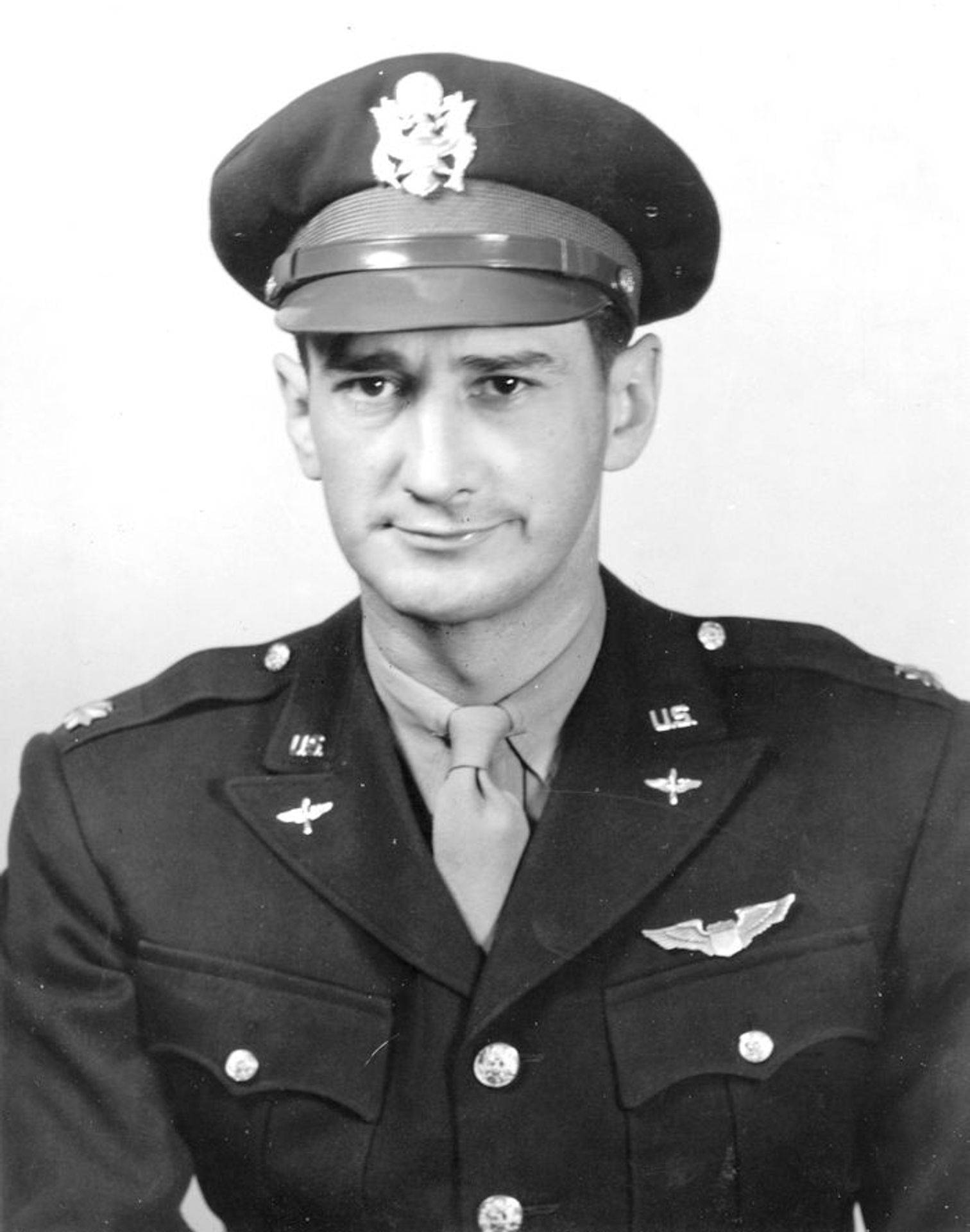
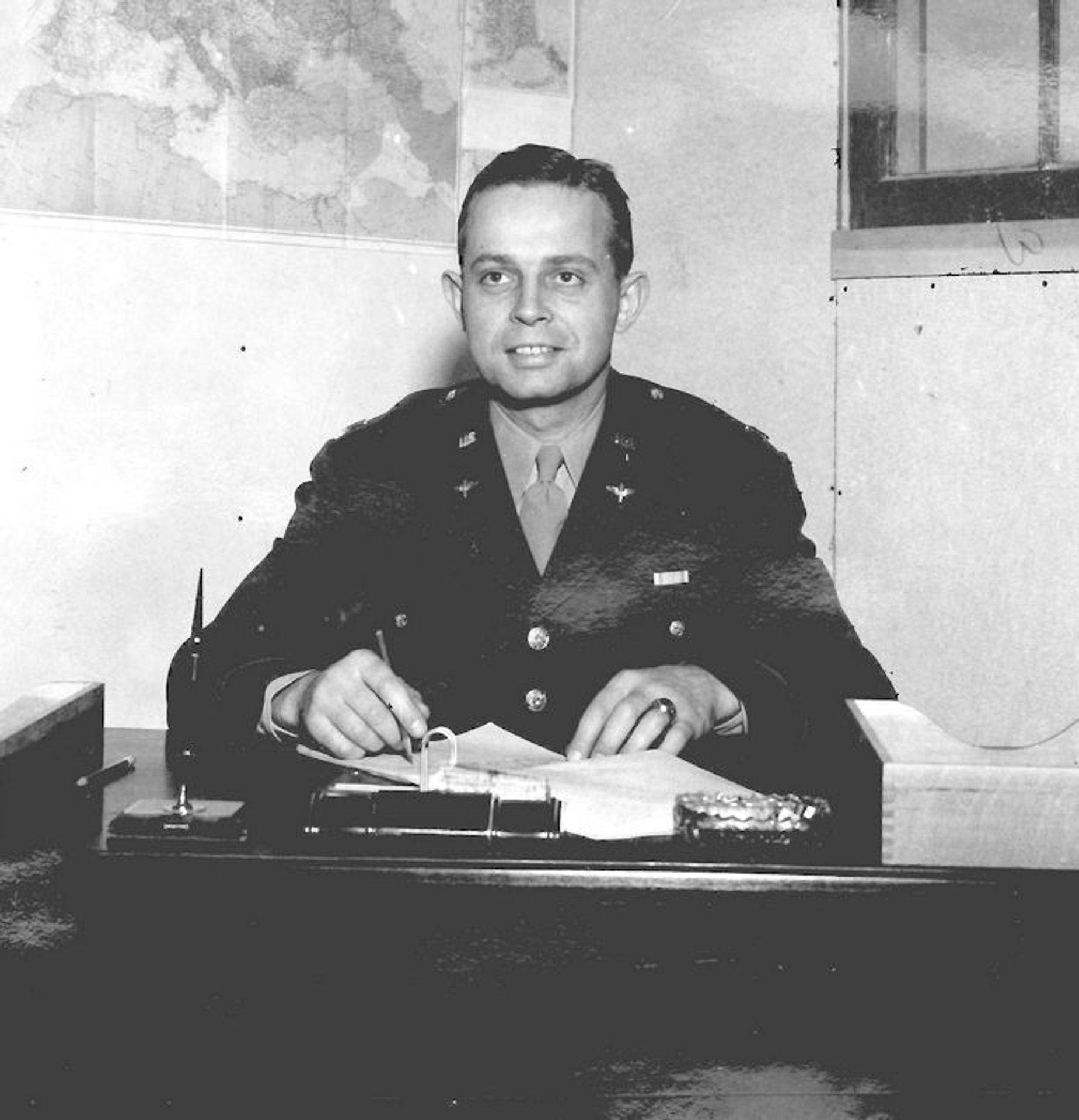
Ground Executive
Lt. Col. John A. McCrary, Jr

Major James A. Hogg

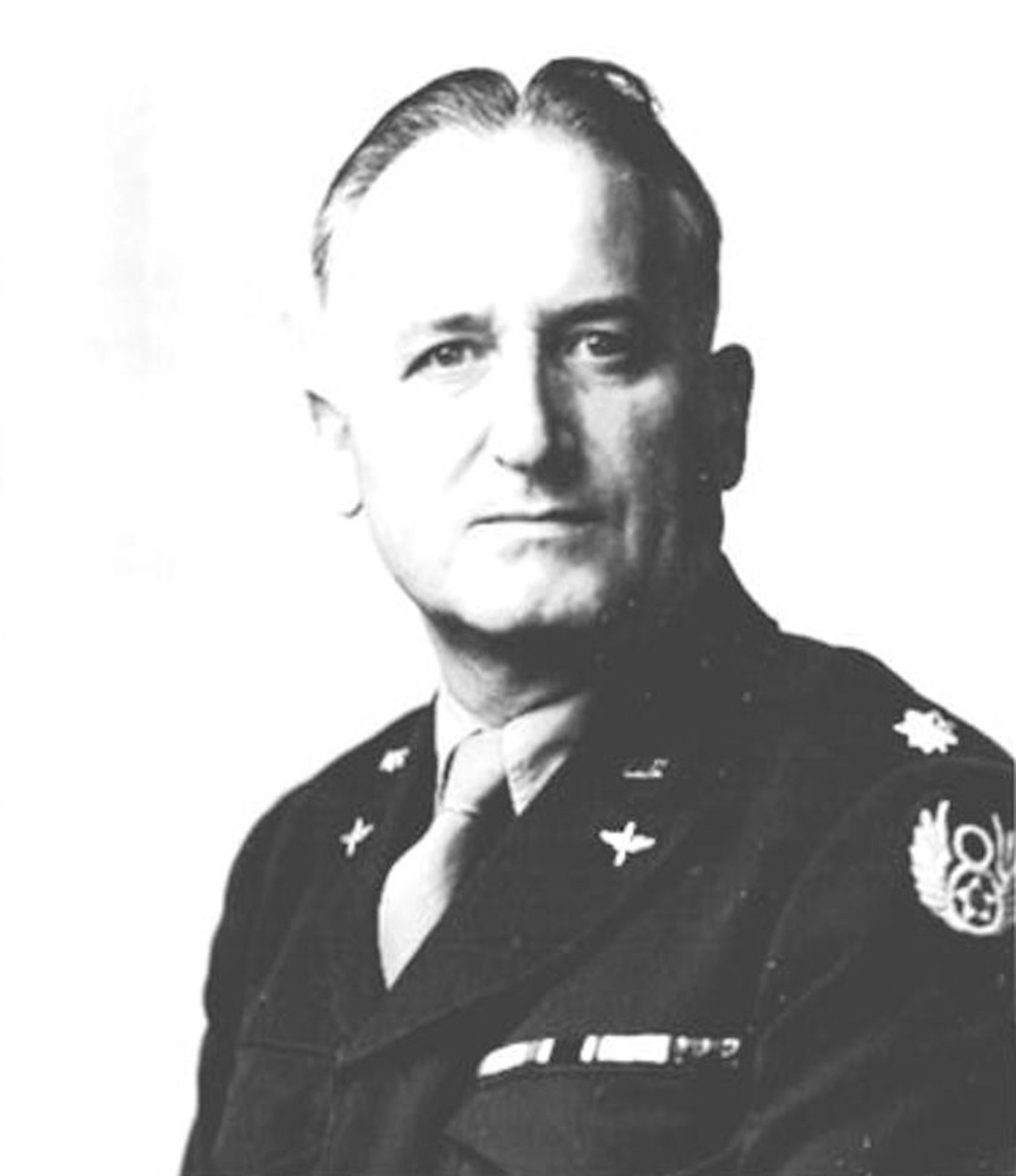
Major Joseph Hall
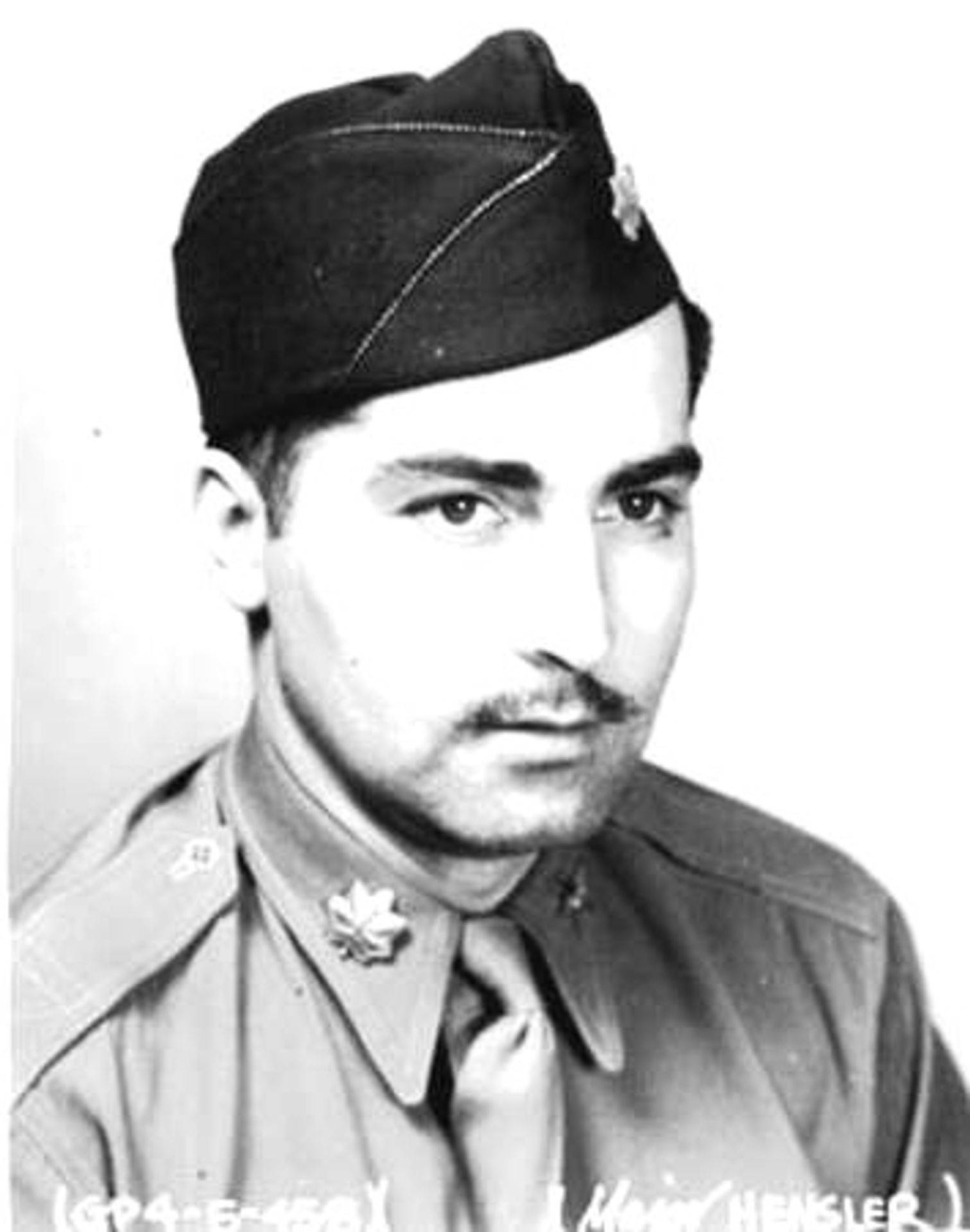
Major John A. Hensler
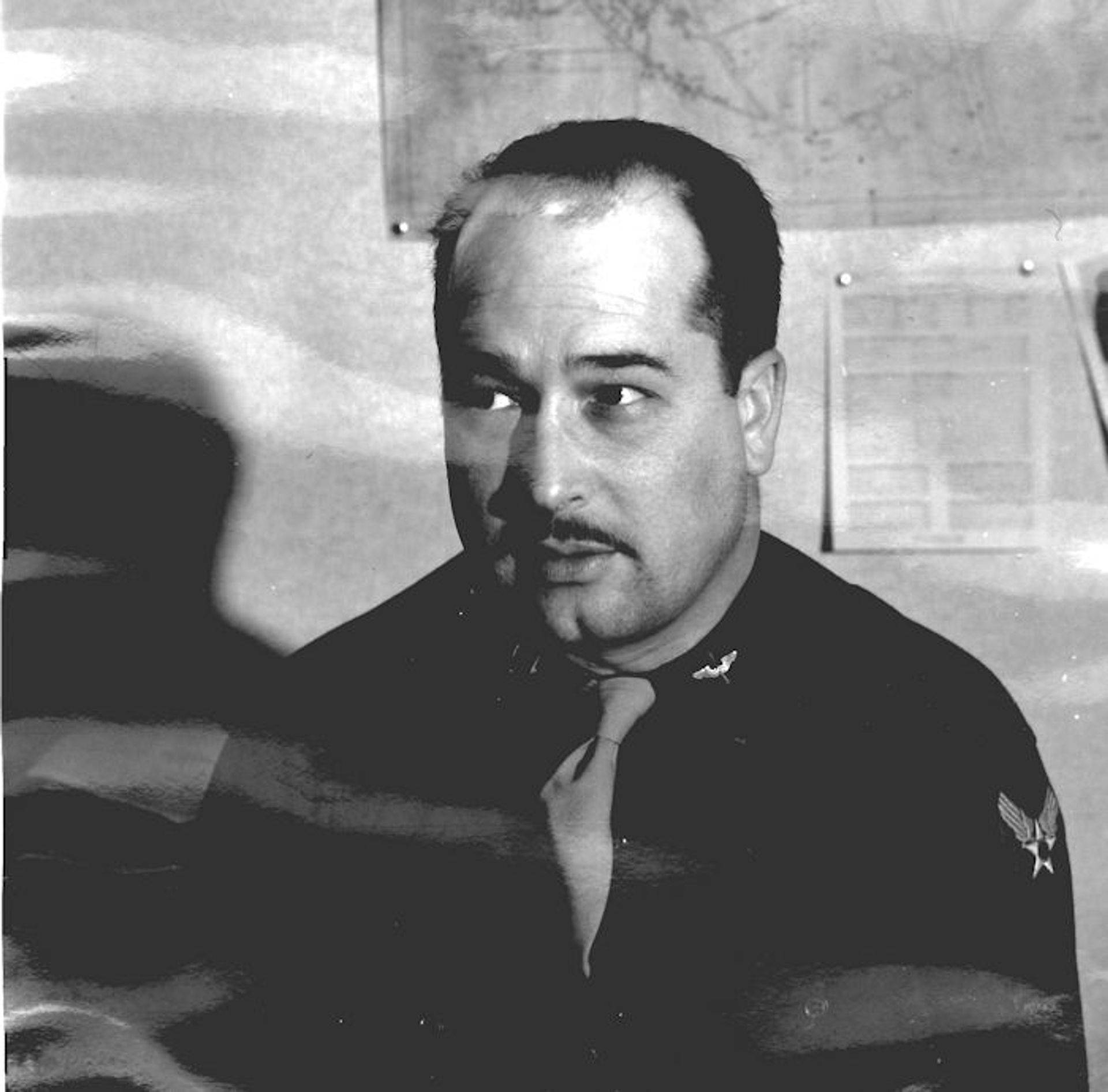
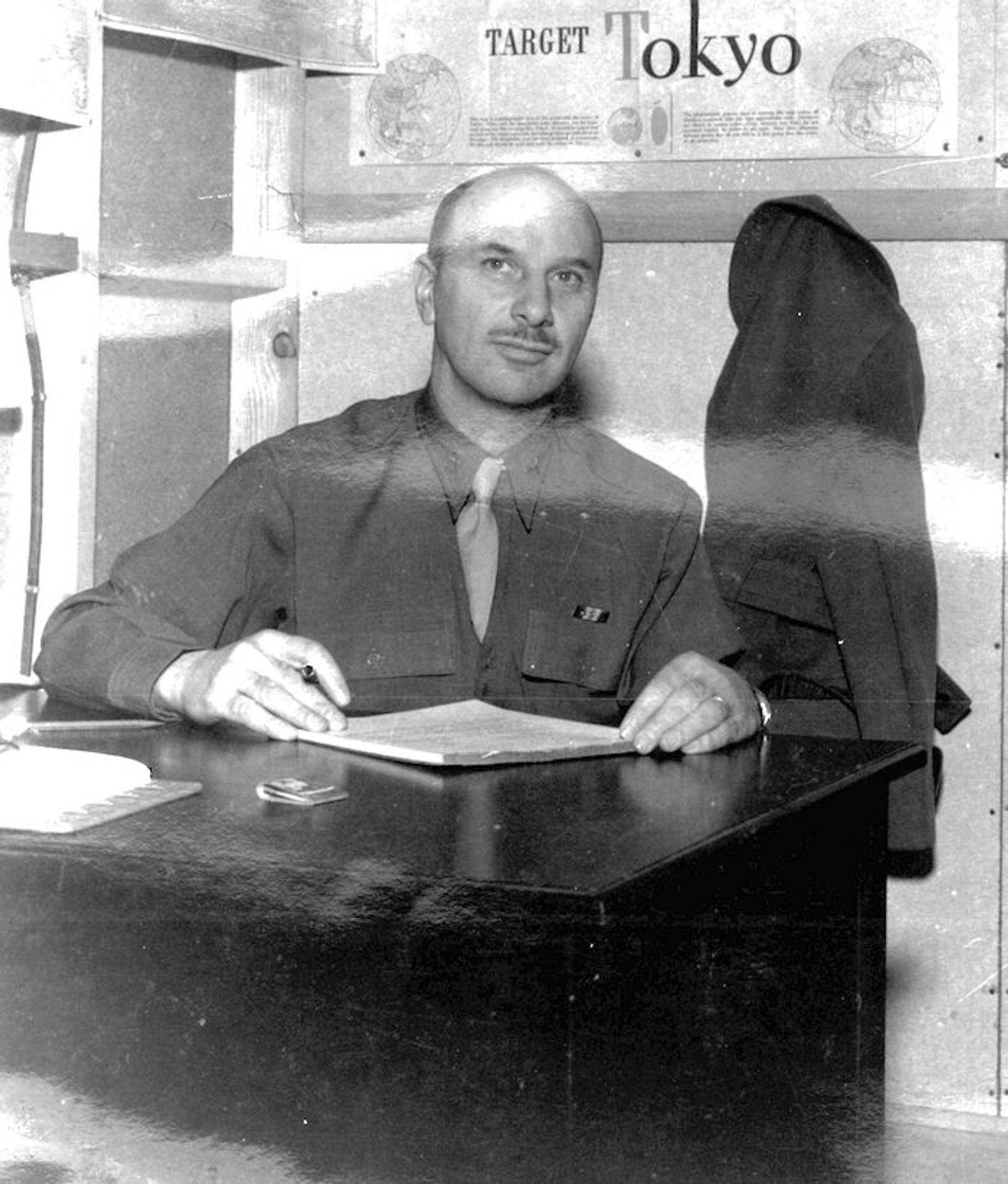

Capt. Samuel M. Lakin
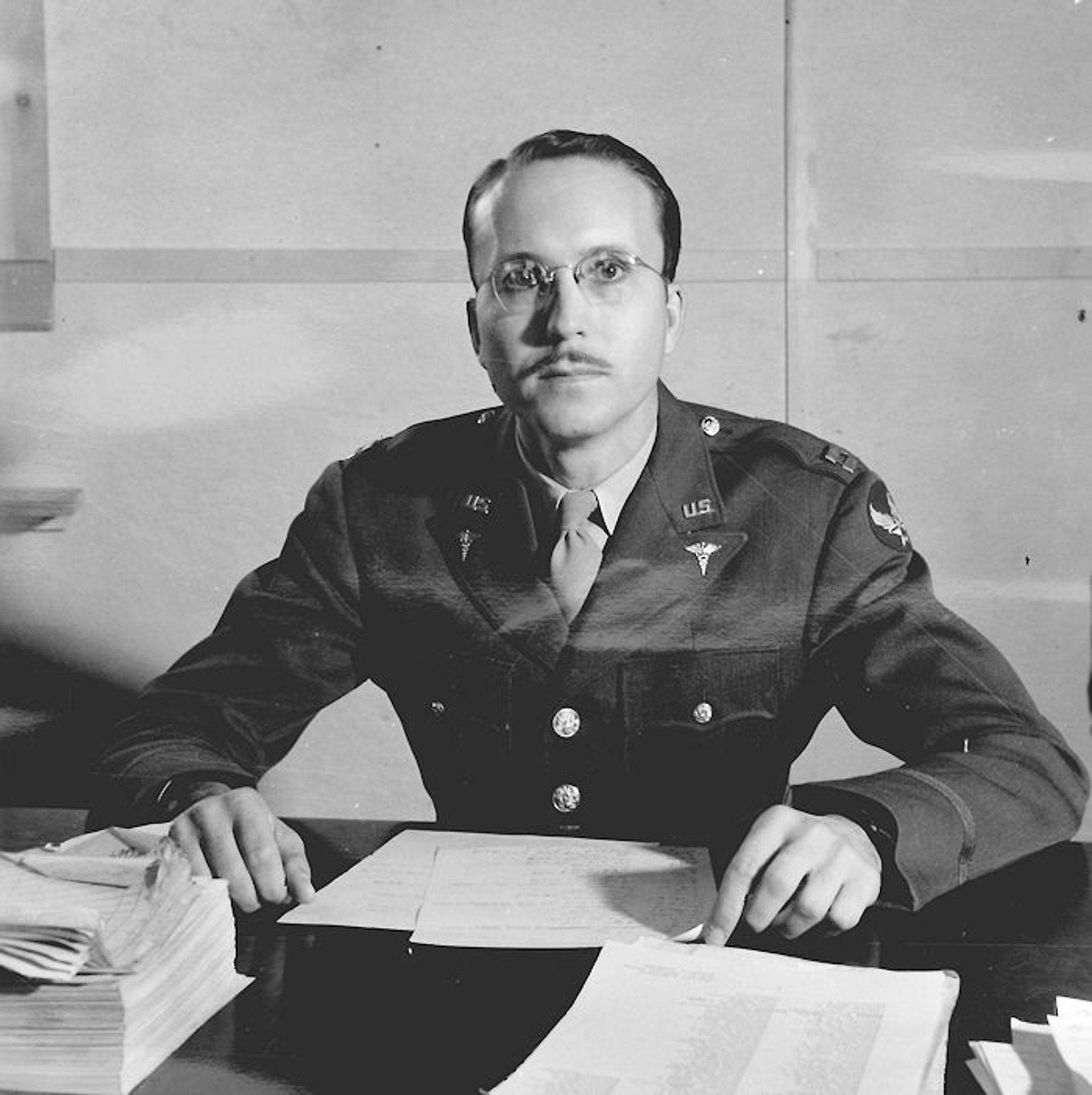
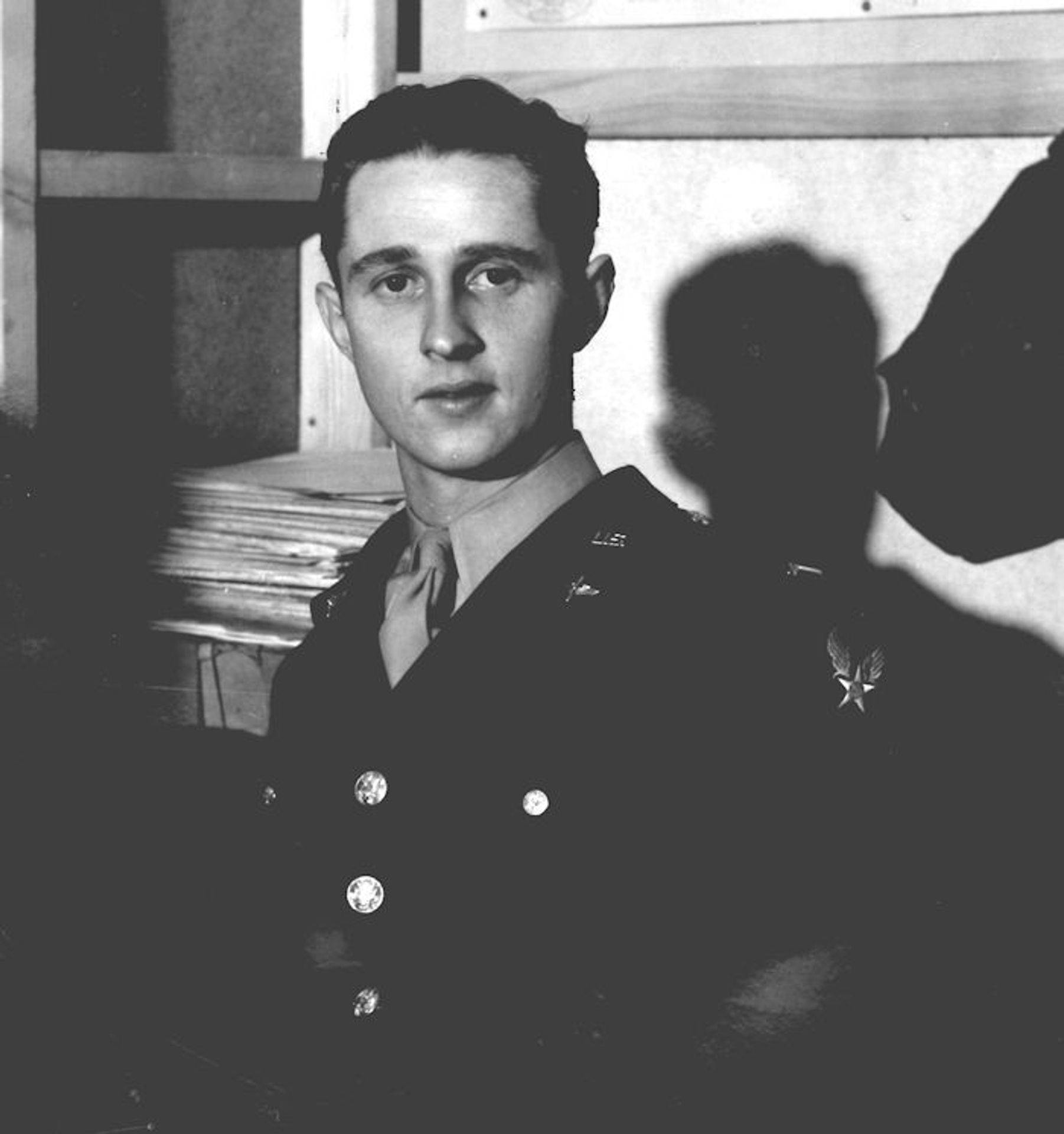


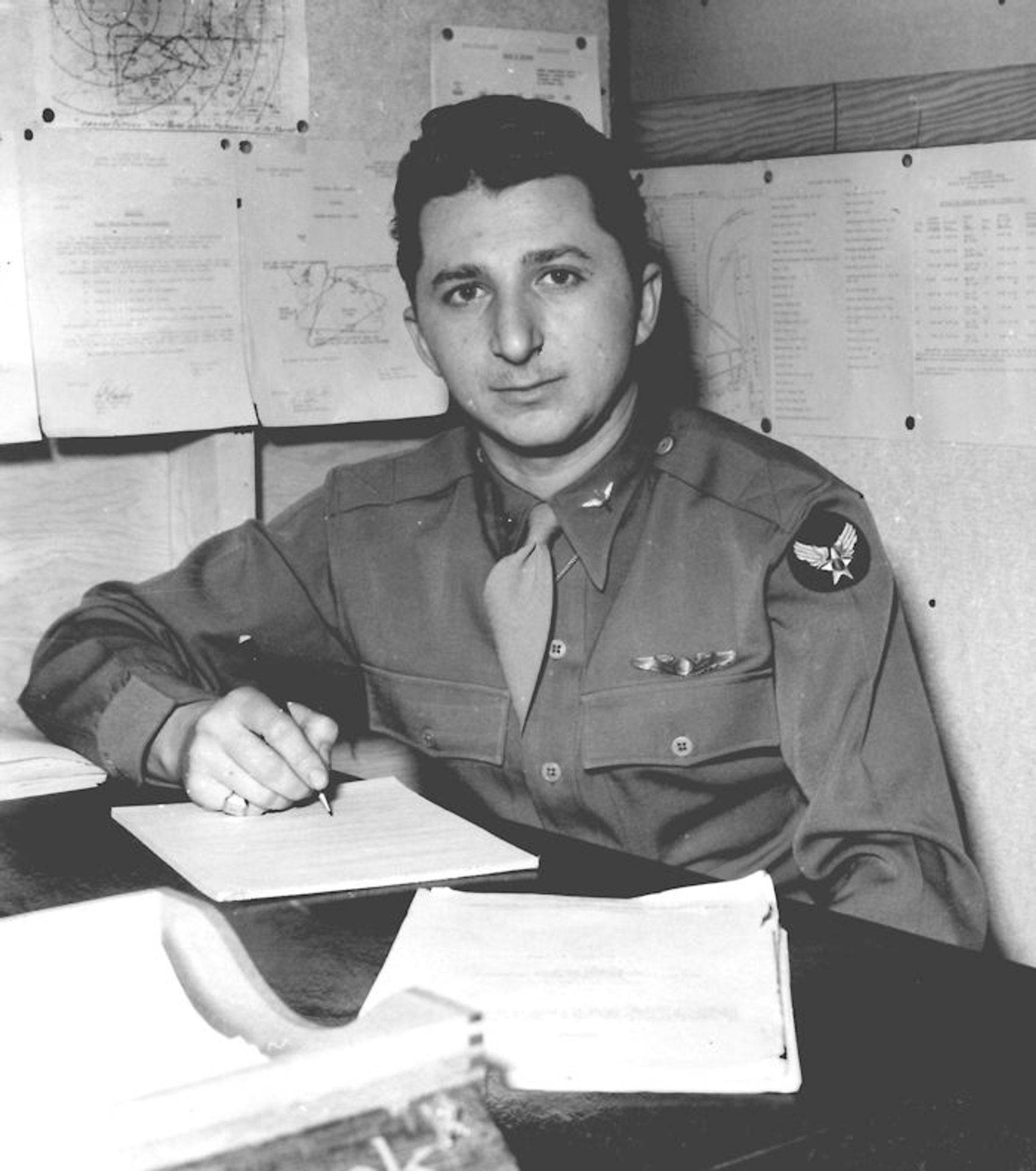

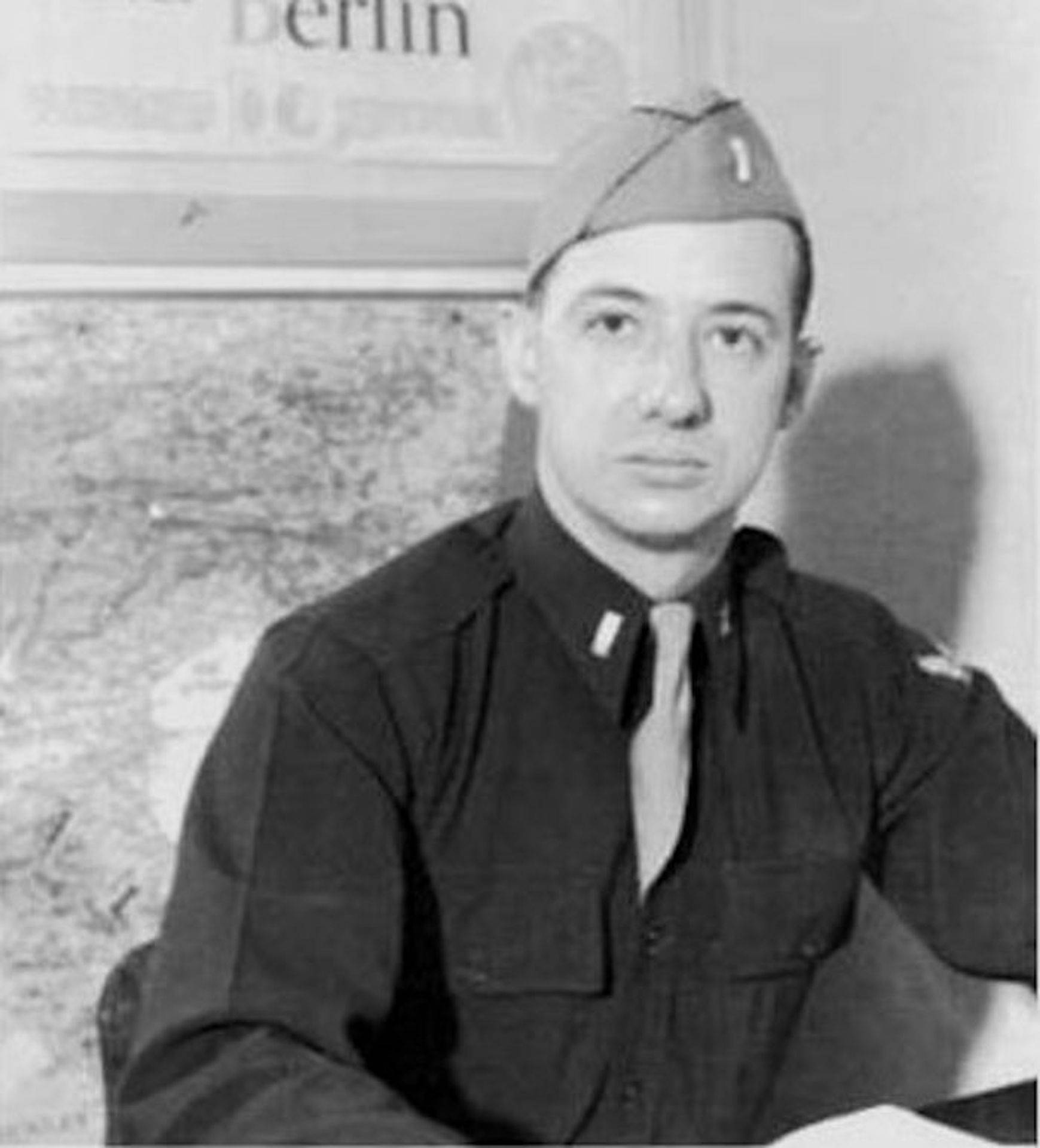

1st Lt. John F. Castle
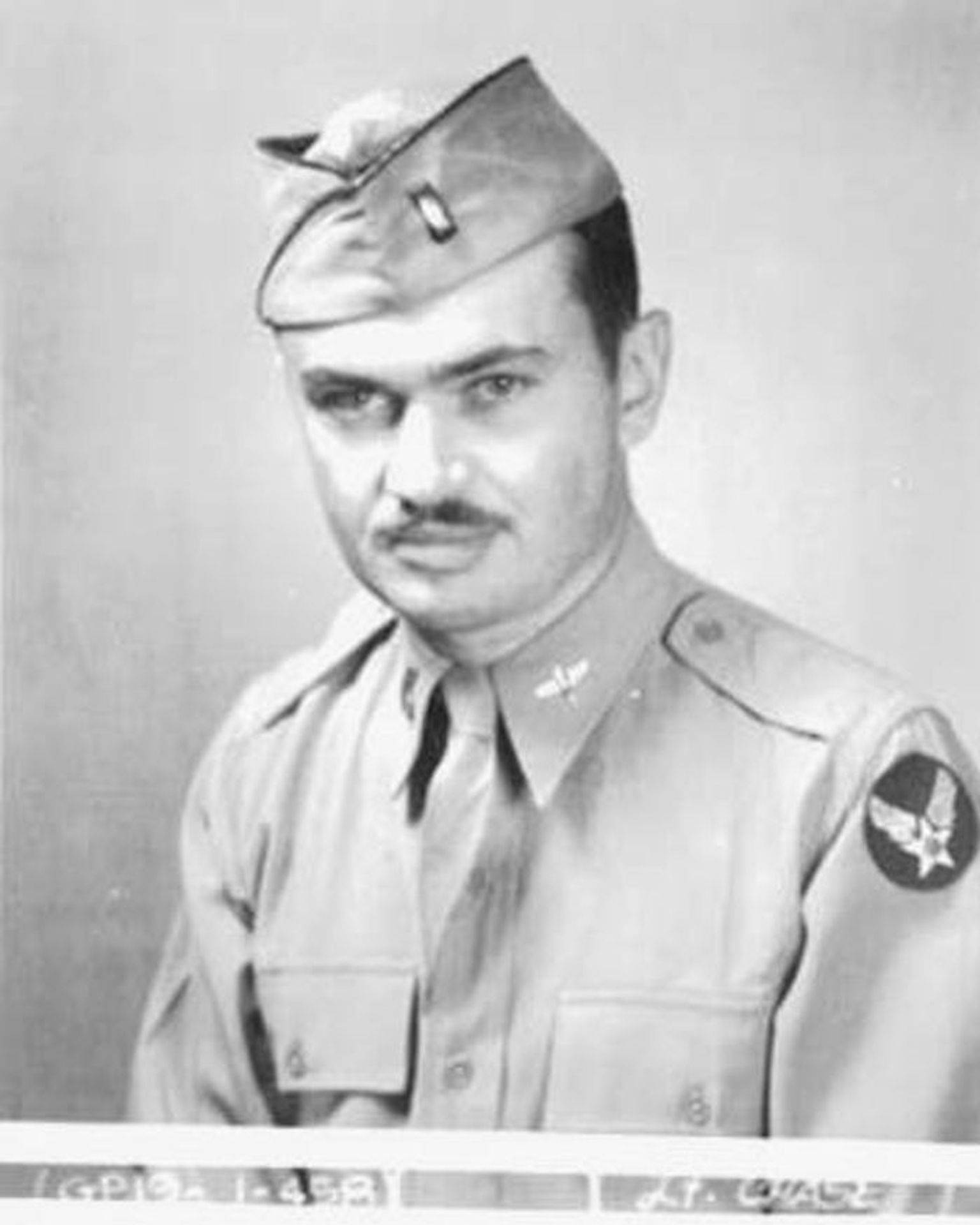
1st Lt. Joseph Chase
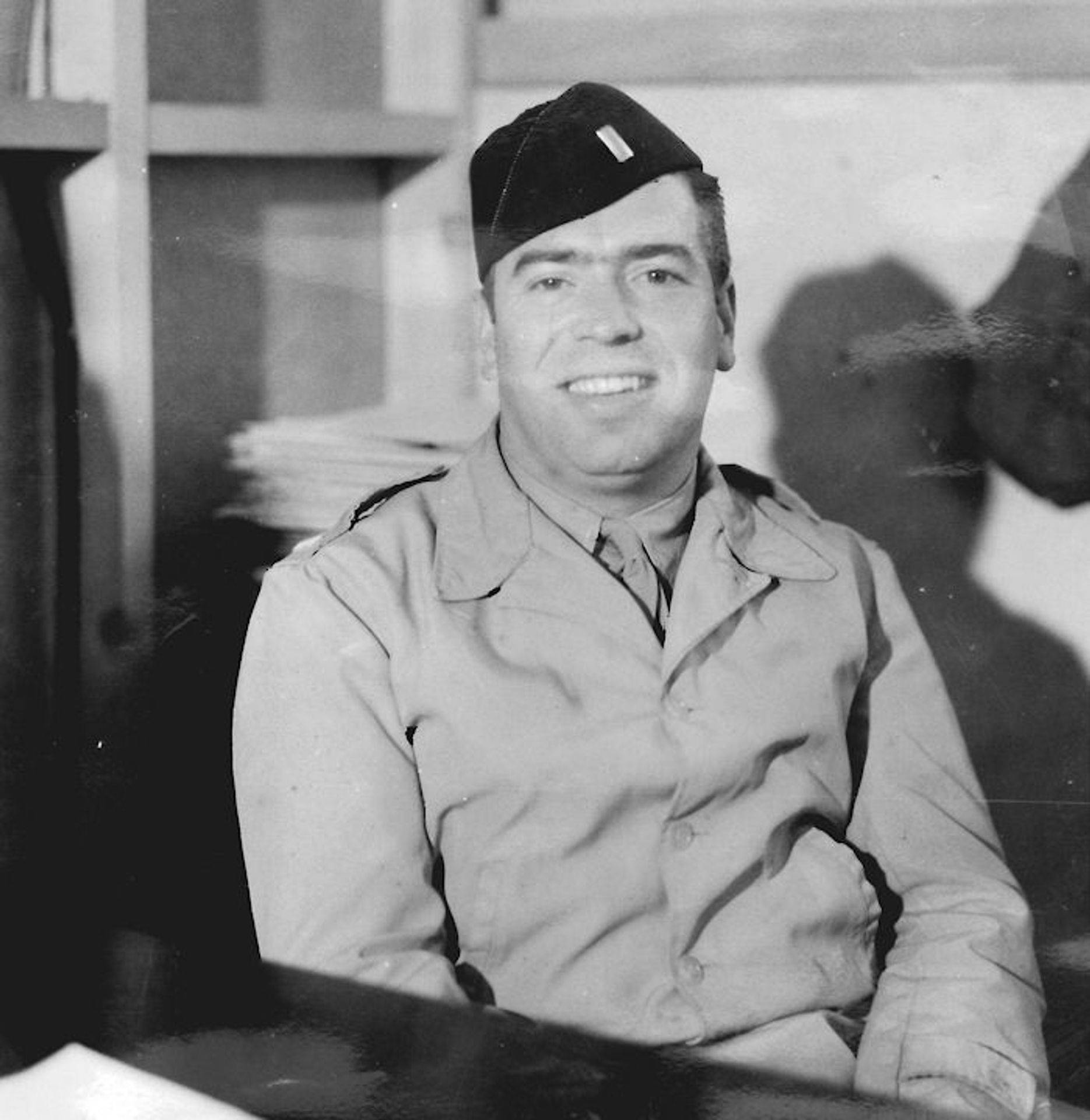
1st Lt. Porter R. Danford
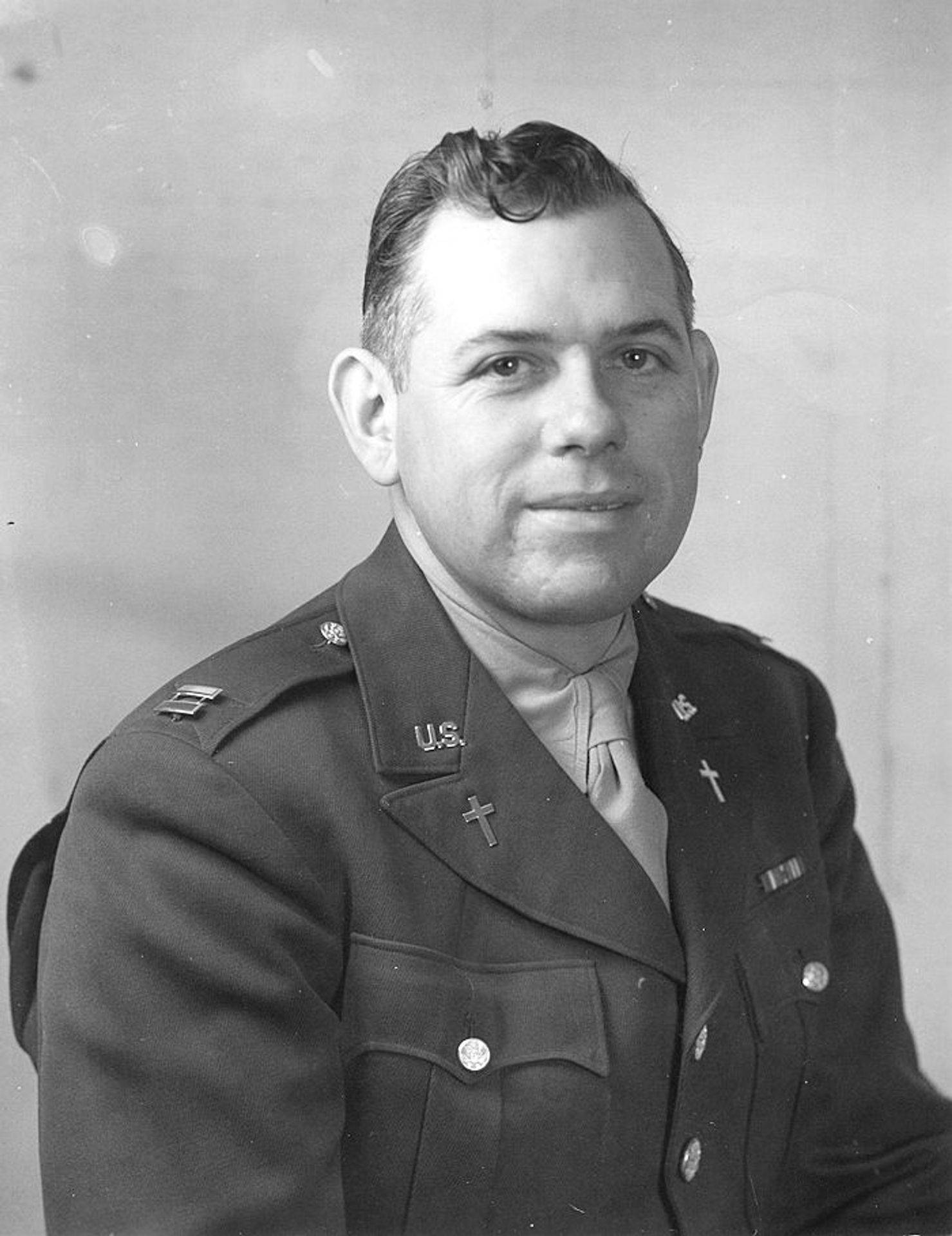

1st Lt. Chester C. Heitman


1st Lt. John J. Van Derovaart


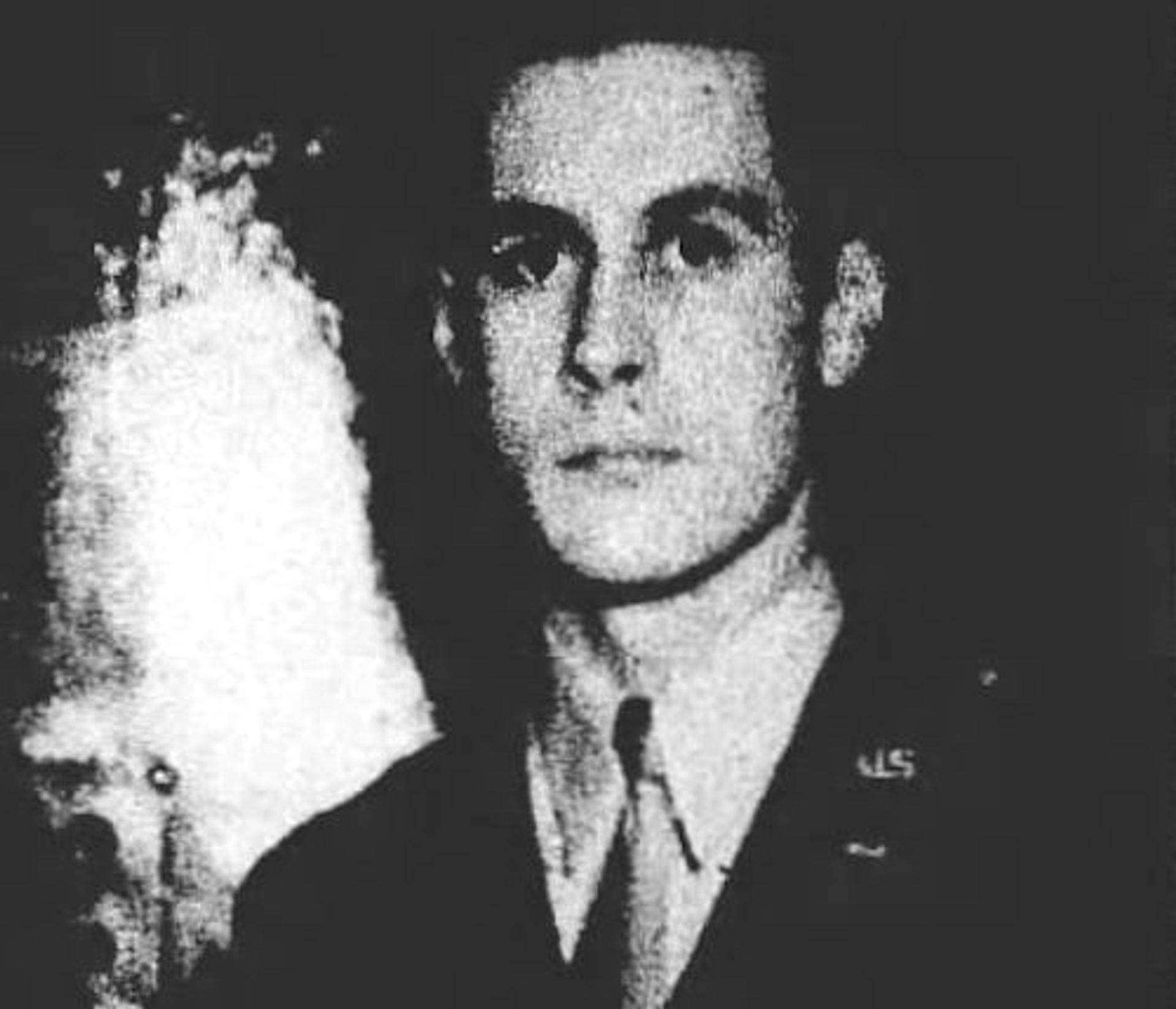

2nd Lt. Joseph M. Fischer

2nd Lt. Irving Goldman


W/O(jg) Robert J. Winrick
